The kitchen can be a tricky place. Even some of the best cooks might be making common mistakes without even realizing it. From improper seasoning to incorrect knife techniques, these unnoticed errors can significantly impact the taste and presentation of your dishes.
Don’t worry, with a bit of awareness and some simple adjustments, you can elevate your cooking game to new heights. In this list, we’ll explore some common kitchen mistakes you might be making and how to fix them, helping you become a more efficient and skilled cook in no time.
Not Preheating Your Pan

Preheating your pan ensures even cooking and prevents food from sticking. It also helps to develop flavors and textures. A preheated pan allows the entire surface to reach the desired temperature. This is particularly important for meats and vegetables that need to sear quickly to seal in juices and flavors, thus enhancing the taste of your dish.
Using Dull Knives for Cutting
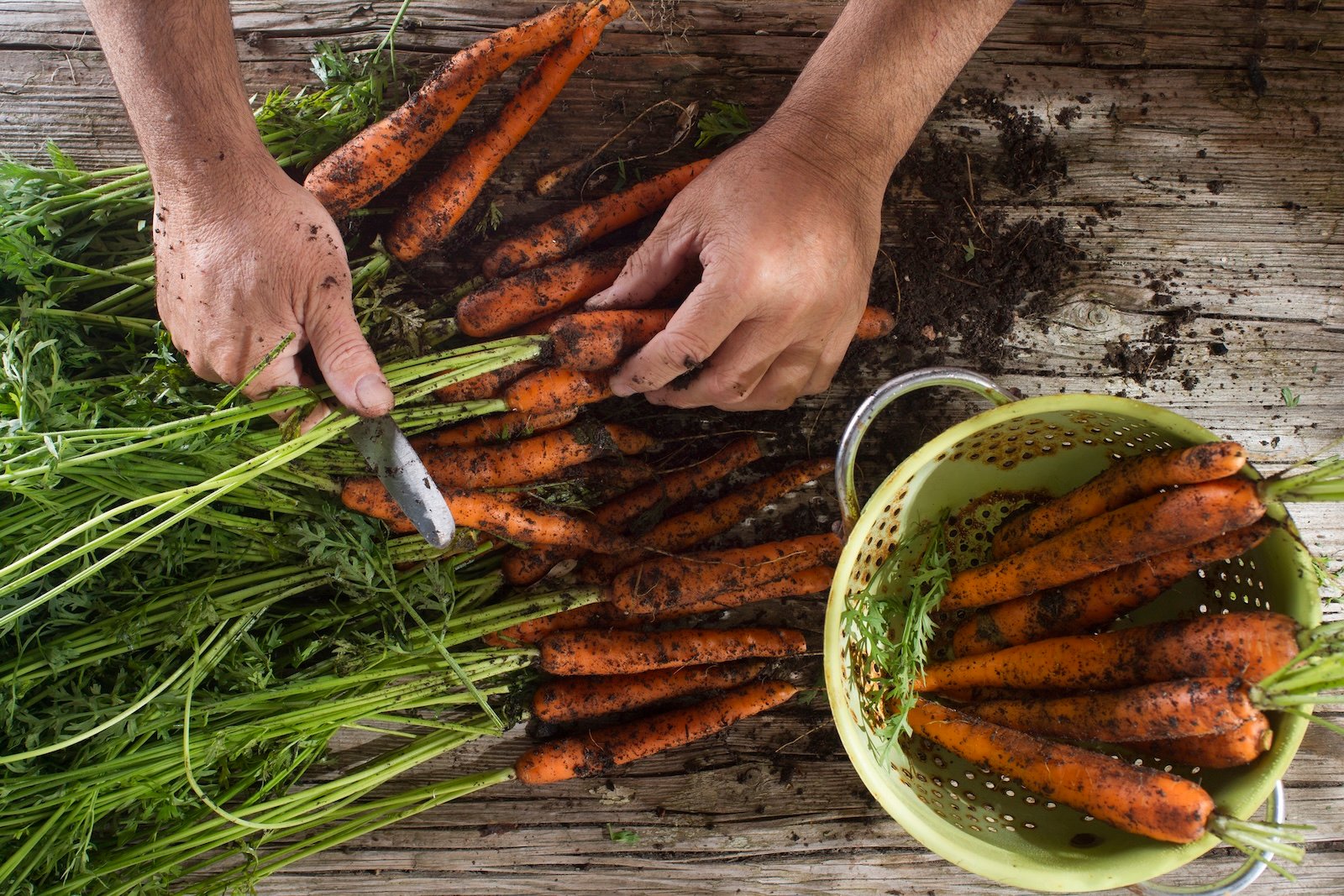
Dull knives are risky to use and make cutting more difficult. Instead, always use sharp knives. Sharp knives reduce the risk of slips and cuts. They also produce cleaner cuts, which helps maintain the integrity and appearance of your ingredients. Regularly sharpening your knives ensures they remain safe and efficient tools in the kitchen.
Not Tasting While You Cook

Tasting as you cook allows you to adjust seasoning and flavors. It helps ensure your dish turns out perfectly. It’s your chance to make sure everything tastes how you want it to. It also helps you better understand your cooking style in the kitchen. So don’t forget to taste the dish while cooking and adjust as required.
Ignoring Oven Hot Spots

Ovens can have hot spots that affect cooking. Ignoring oven hot spots can lead to unevenly cooked food, with some parts being overdone while others are undercooked. To avoid this, rotate your dishes halfway through cooking to ensure even baking. Consider using an oven thermometer if you’re unsure about your oven’s hot spots.
Not Letting Meat Rest
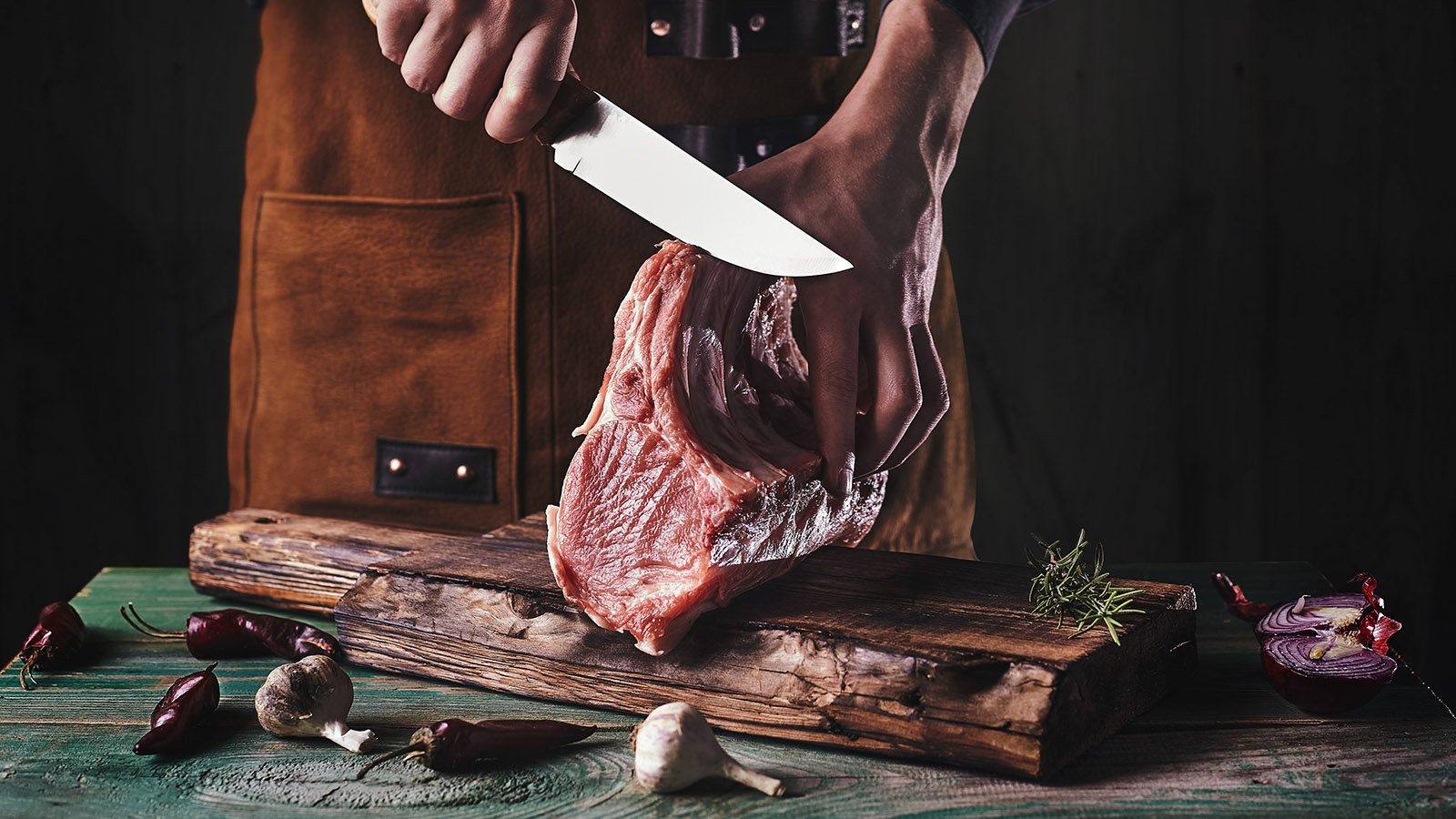
This is the most common mistake people make when cooking non-veg. Letting meat rest after cooking allows juices to redistribute, resulting in juicier meat. It also helps retain the meat’s flavor. The meat softens very nicely from residual heat, ensuring it’s cooked perfectly.
Using Too Much Oil
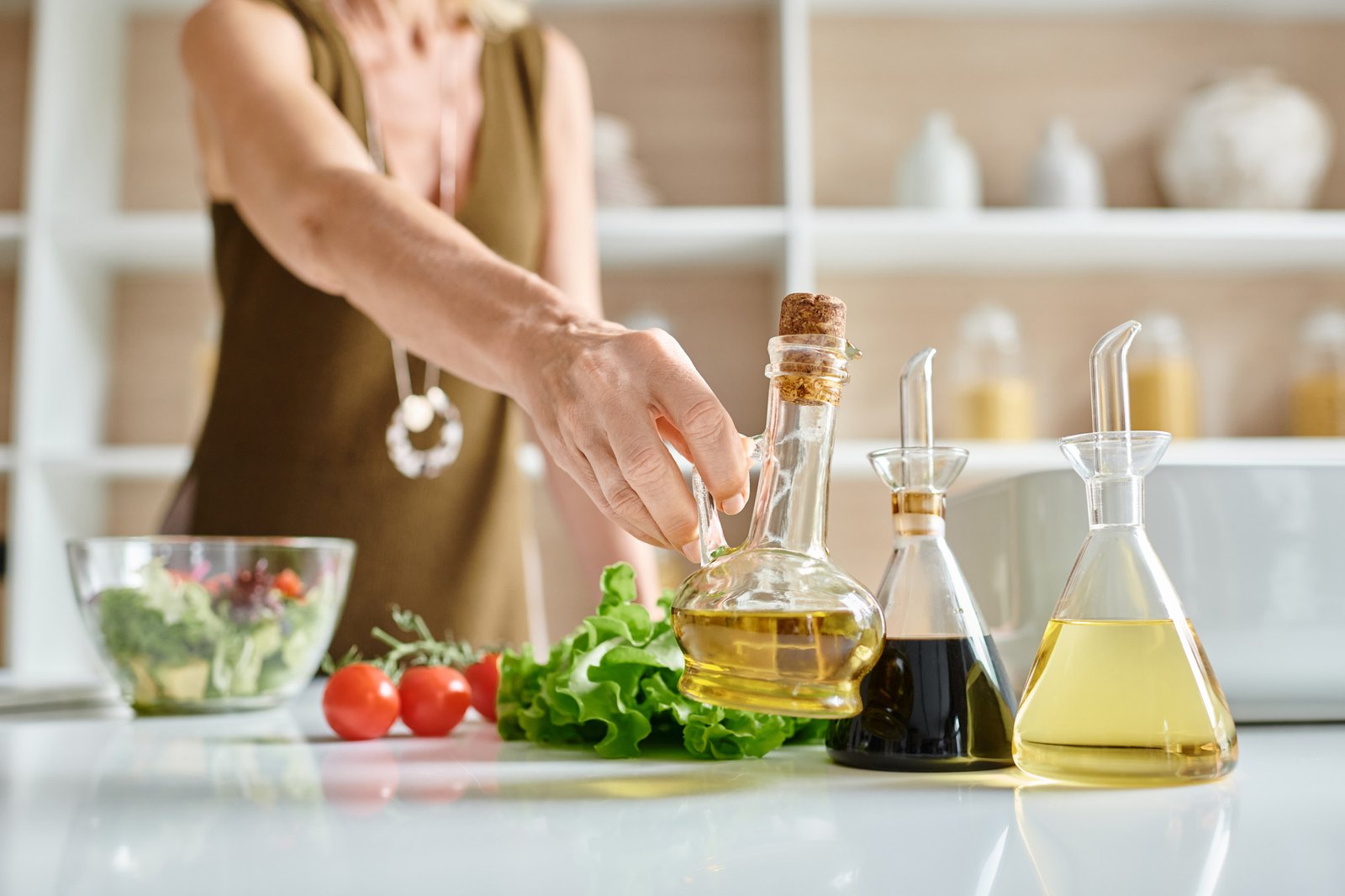
Using too much oil can turn a healthy dish into a greasy mess. Just a little oil is enough to get the job done and keep your food tasty without being oily.
Not Reading The Recipe Thoroughly

A common kitchen mistake many of us make is not reading the recipe thoroughly before cooking. In the excitement of preparing a new dish, it’s easy to overlook this crucial step. However, the recipe is your roadmap to a successful meal, often including small but significant details that enhance the flavor of your dish.
Make it a habit to carefully read through all the instructions and ingredients listed in the recipe before stepping into the kitchen. This ensures you understand every step and are fully prepared to create a delicious meal.
Overcooking The Vegetables
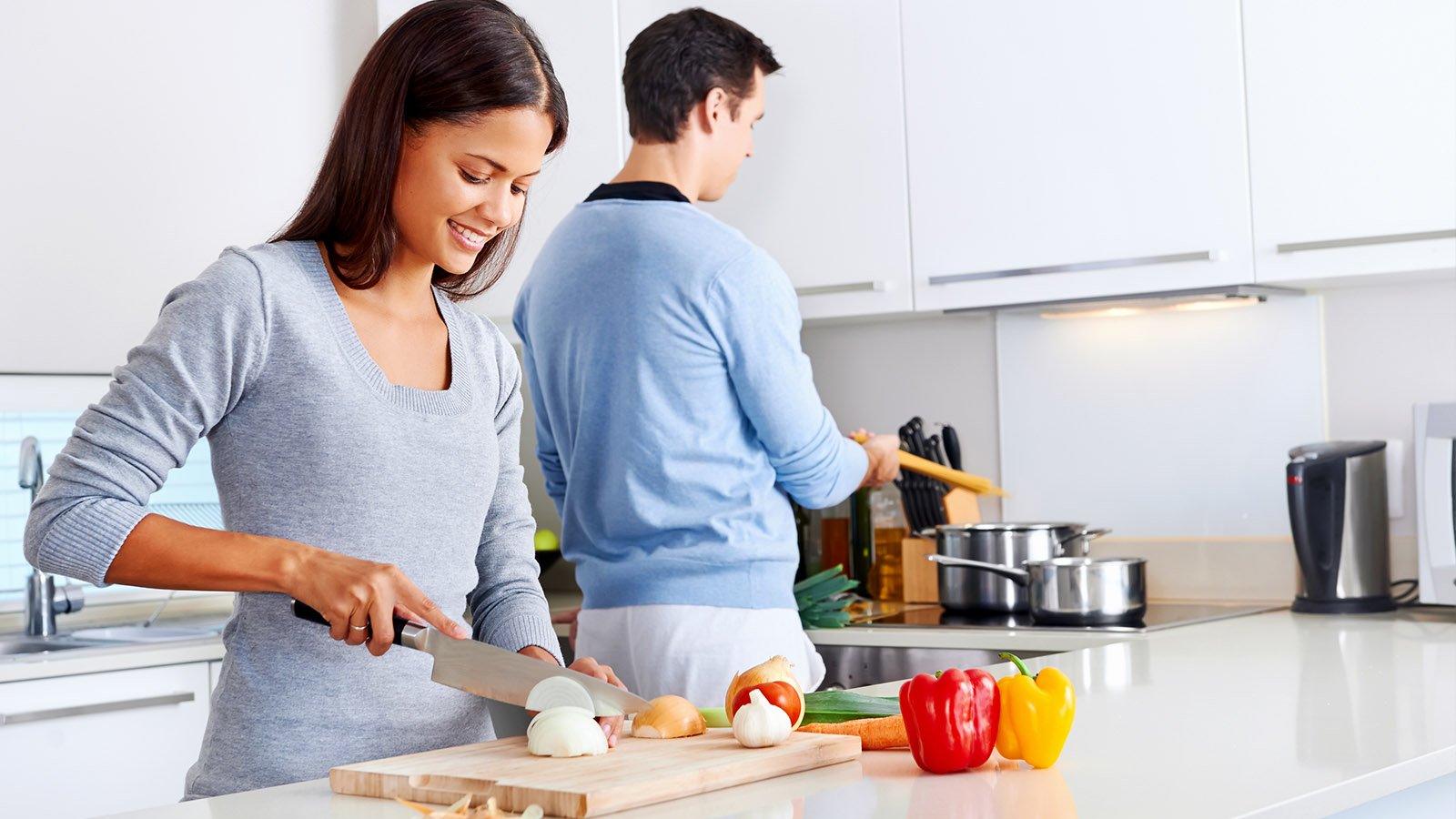
Overcooking vegetables affects their taste and nutrients and changes their texture. They can become mushy and unappetizing when overcooked. To avoid this, it’s important to cook vegetables just until they are tender-crisp to preserve their nutritional value and ensure they remain enjoyable to eat. Make sure they are well washed with water before putting them into the pan.
Not Seasoning Throughout the Cooking Process

Seasoning your dish as you cook is crucial for building layers of flavor. Think of it as crafting a flavorful story, where each step adds a new chapter. Following the recipe closely will guide you on the right amount of seasoning needed at different stages. Remember to sprinkle a bit of seasoning at various points during cooking to enhance the overall taste of your dish. This method ensures that every bite is as delicious as the last, creating a well-rounded flavor profile.
Using Too High or Too Low Heat
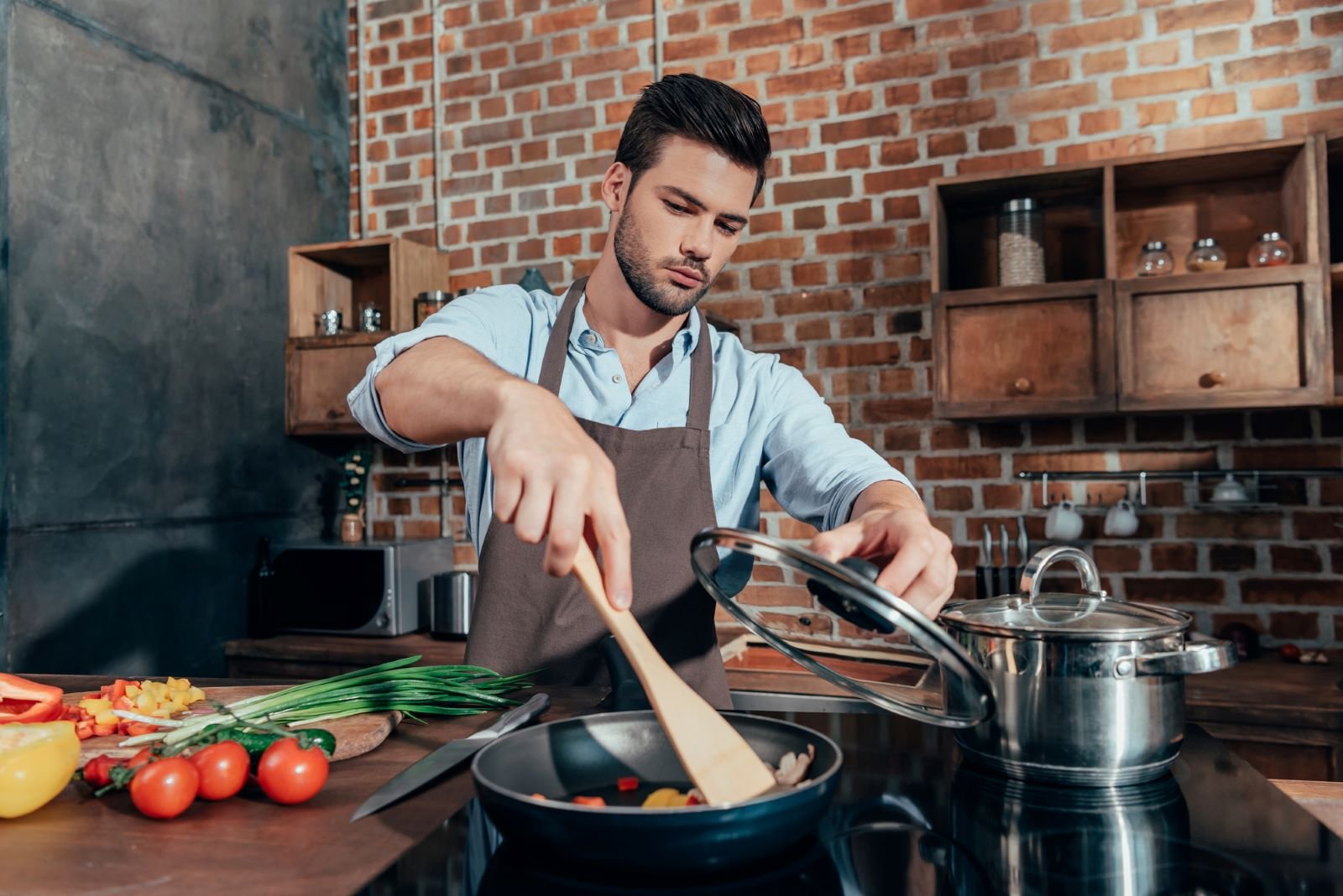
Managing the heat correctly is a critical yet often overlooked aspect of cooking. If the heat is too high, your food can burn and become unpalatable. On the other hand, too low heat might prolong the cooking process or result in undercooked food. It’s important to find the ideal temperature for each dish, as stated in the recipe. Proper heat control ensures the food cooks evenly, enhancing flavor and texture. Make it a habit to monitor and adjust the stove settings as necessary to achieve the best results.
Not Using Enough Salt

Salt is like a magic ingredient that enhances the natural flavors of your food. Not using enough salt can leave your dish tasting bland and unexciting. Just a pinch can make a big difference in bringing out the best flavors in your dish. So, don’t be afraid to season your food with salt to take it from ordinary to extraordinary.
Not Letting Ingredients Come to Room Temperature

Not allowing ingredients to reach room temperature before cooking can significantly impact their integration and the overall quality of your dish. Ingredients like butter and eggs mix better when they’re not too cold. By letting these ingredients warm up slightly, you enhance their ability to blend seamlessly. It can improve both the texture and flavor of your final dish. It’s a simple step that makes a big difference in cooking, especially in baking.
Not Using a Meat Thermometer

One common kitchen mistake you might make without realizing it is not using a meat thermometer. This tool is crucial for ensuring your meat reaches the correct internal temperature, vital for food safety and optimal cooking. Without it, you risk undercooking or overcooking your meat. This could potentially lead to foodborne illnesses or a less enjoyable meal. Using a meat thermometer eliminates the guesswork, guaranteeing that every piece of meat is perfectly cooked for safety and taste. Make it a standard practice to use a meat thermometer to enhance the quality and safety of your cooking.
Not Using Fresh Herbs
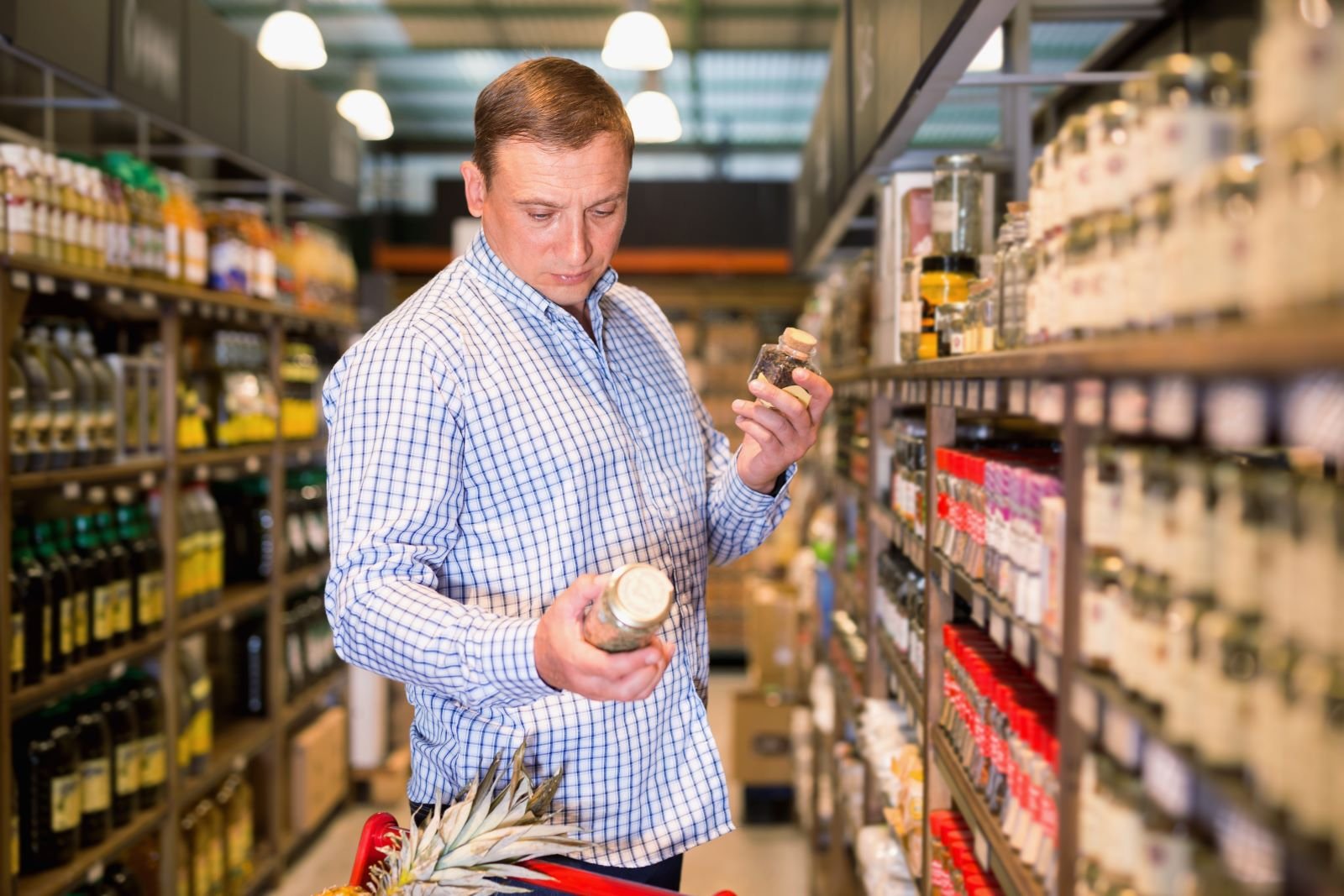
People often misuse fresh herbs while cooking. Fresh herbs add a vibrant burst of flavor to any dish, but they should be added at the end of cooking to preserve their freshness and aroma. When substituting dried herbs for fresh, remember that dried herbs have a more concentrated flavor; typically, you should use a third of the amount you would with fresh herbs. Understanding when and how to use fresh versus dried herbs can significantly improve your cooking by ensuring the flavors are bold and appropriate, not overpowering or underwhelming.


